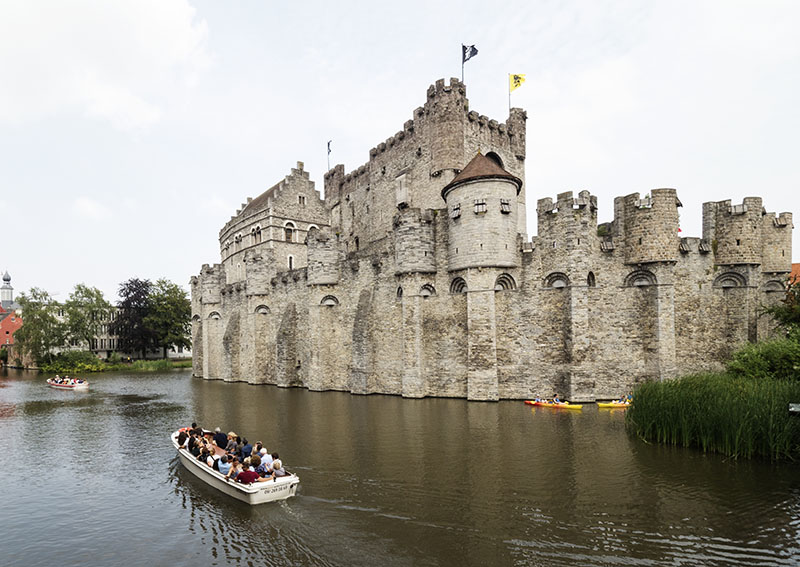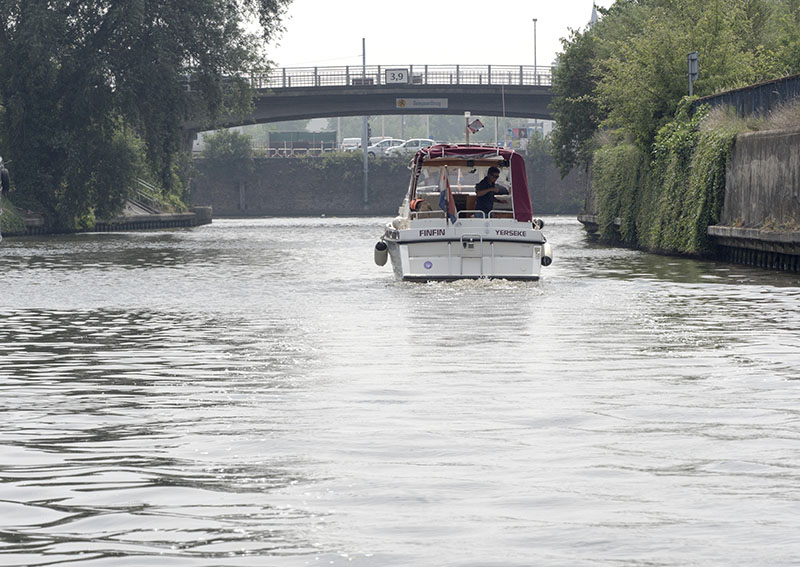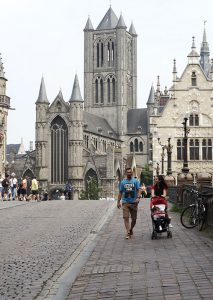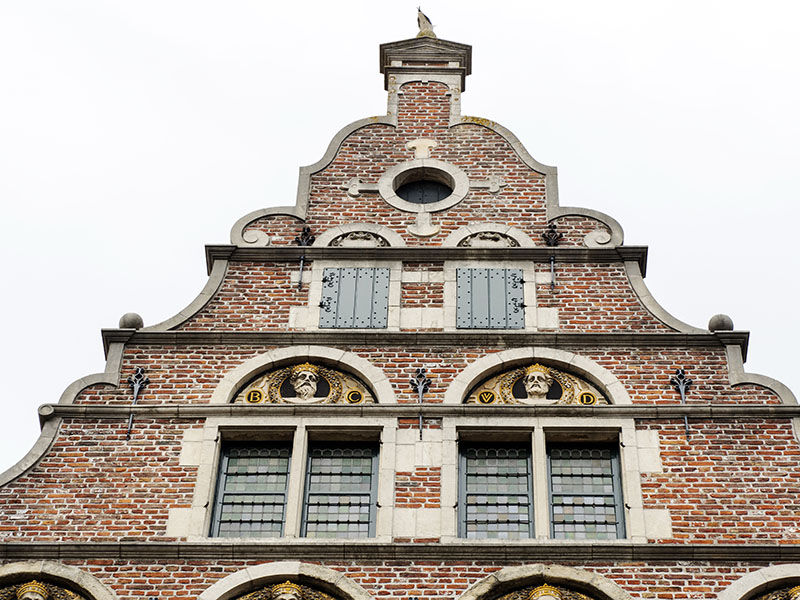Today was the day!
By day’s end Gratis would be in Belgium. What excitement!
The land of Belgian chocolate, Flanders Fields, Belgian beer and more!!!!!!!
It was a pleasant 40km motor upon a waterway that was practically empty of commercial barges: it was Sunday and most – including the fuelling station just outside Terneuzen – were having their weekly break.
This canal led us through a region that was mostly heavy industry.
A few old wooden bells kept Bob’s eyes glued.
Our first sighting of Ghent provided the wow factor as multiple steeples led the eye toward the old city centre.
Into a narrow canal, a short time later a berth was found.
Bicycles off and in we pedalled, finding the eons old cobbled streets a real challenge. A 10th century castle where the Counts of Flanders once ruled supreme
and a multitude of architectures that the senses were overwhelmed and the eyes didn’t know where to look first.
All one can say is that it was awe – inspiring at first glance.
Interesting Facts
- Situated on the junction where the Scheldt and Lys rivers, 630AD was the year that first settlement took place, when a missionary bishop chose this as the place to have St Bavo’s Monastery constructed.
- The marshy land suitable only for the rearing of sheep, like Australia, Ghent earned its living off the sheep’s back. The wool trade saw it come in second place behind Paris.
- Forty prosperous traders possessed most of the town’s wealth
and they preferred the affluence of the French king to that of the Count of Flanders, something the guilds greatly abhorred.
- The French king barred the businessmen of Ghent from trading with the British weavers and this led to an uprising.
- Whenever outside powers attempted to subjugate the people of Ghent, there would be mutiny, to the point that they rebelled against their own emperor in the 1500s when expected to pay his taxes. The result was the town had all rights and privileges removed: This including the Roeland Bell that resided in the belfry of St Bavo’s Abbey and symbolised the freedom the city had. The gates of the city were also raised to the ground.
- Ghent is said to be the first industrialised town in Europe, and to also have had the first trade unions and socialist movements of modern times.
- In excess of 70,000 students are to be found in the city.
(information gleaned from the Ghent City Guide)



























